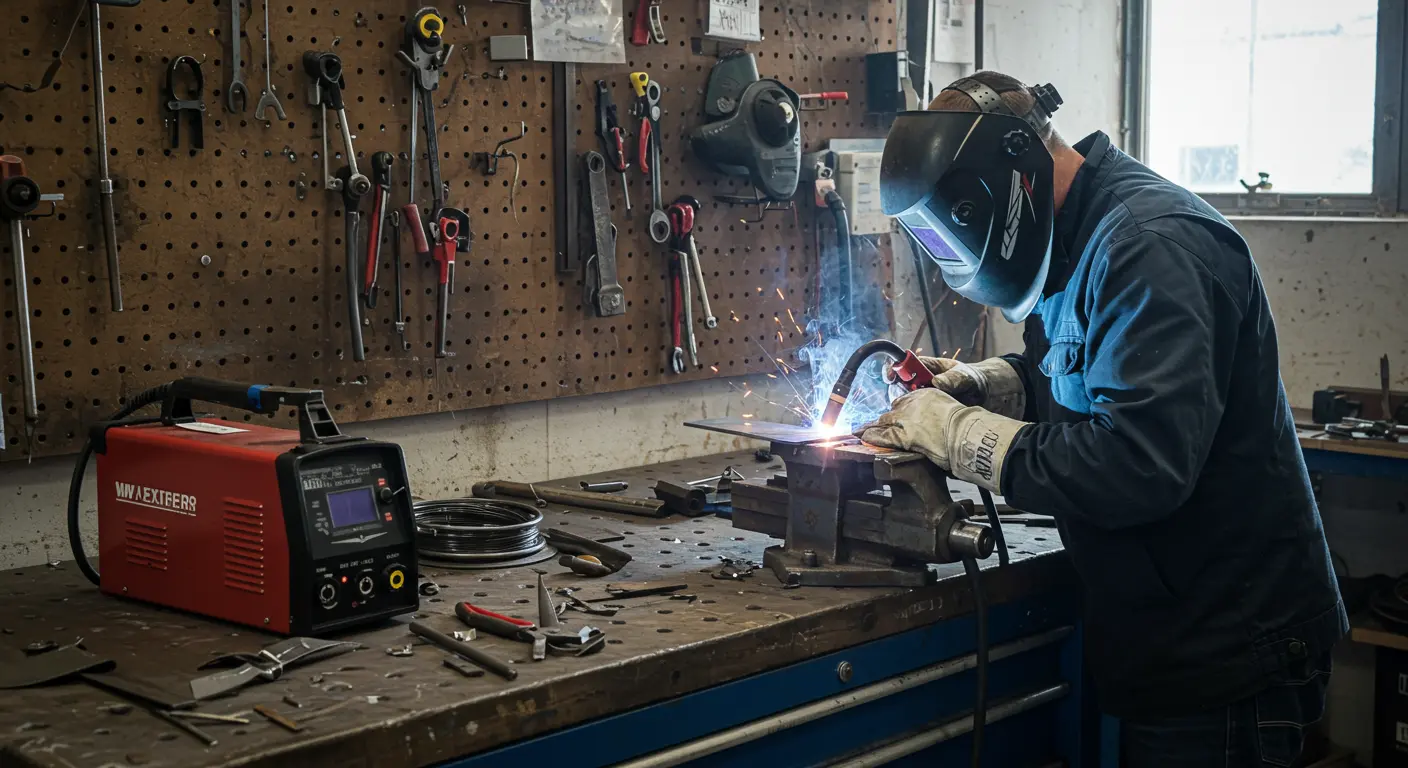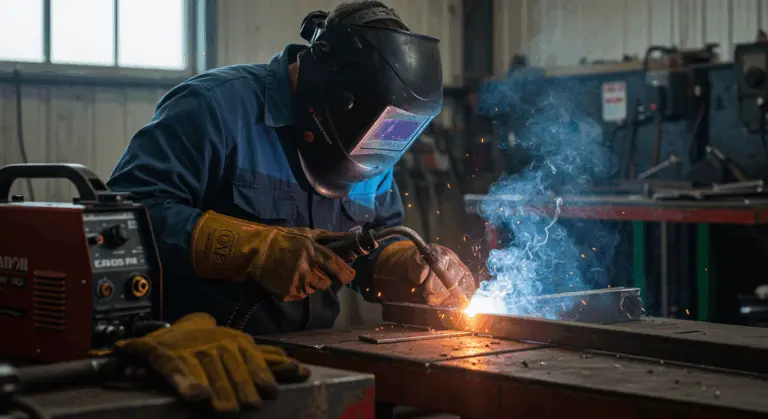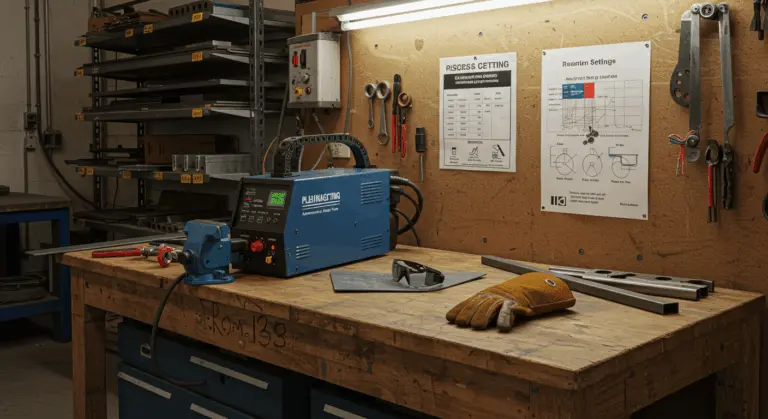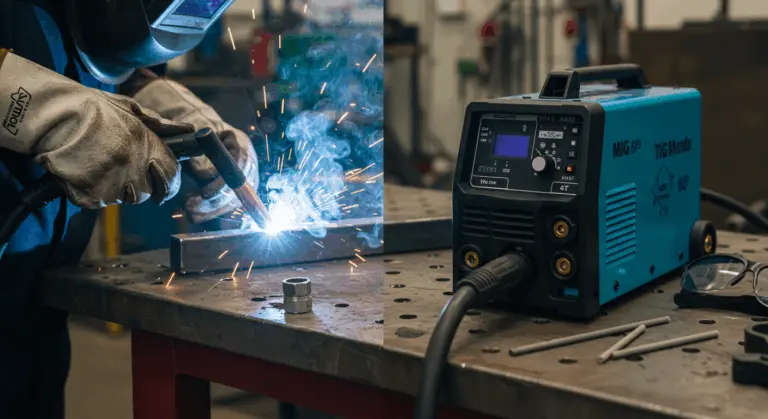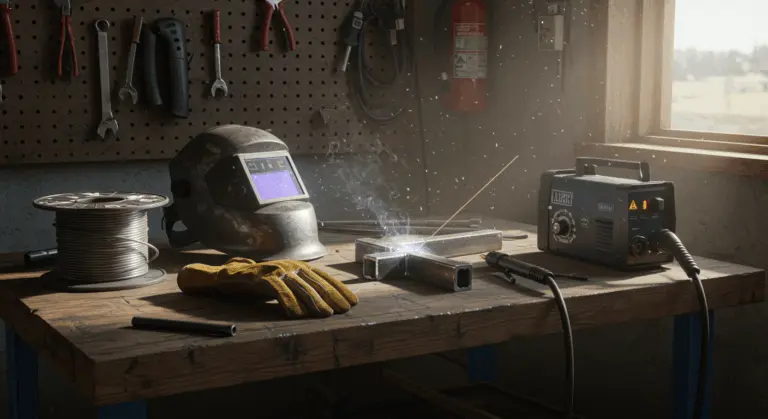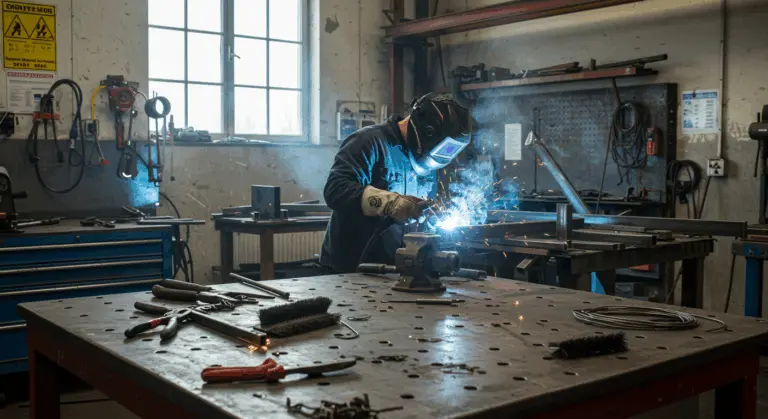Understanding Welding Techniques for Thin Metals
When working with thin metals, selecting the right welding technique is essential for achieving strong, high-quality joints without compromising the material’s integrity. These delicate metal sheets pose unique challenges—their lightweight nature makes them particularly vulnerable to warping, burn-through, and distortion when subjected to excessive heat.
The most common techniques, each offering distinct advantages, are:
-
TIG (Tungsten Inert Gas) Welding: Ideal for precision and high-quality finishes.
-
MIG (Metal Inert Gas) Welding: Known for its speed and ease of use.
-
Spot Welding: Efficient for joining thin sheets at specific points.
Successful welding of thin metals requires proper technique, appropriate equipment selection, meticulous material preparation, and dedicated practice. Heat management stands as the cornerstone consideration here.
TIG Welding – Precision for Thin Metals
TIG welding excels for thin metal applications where precision and quality are paramount. This process allows welders to achieve exceptional control over the heat input, making it ideal for materials ranging from 0.005 to 0.125 inches in thickness. This precision allows welders to create clean, high-quality welds without the dreaded burn-through that plagues other methods when tackling thin sheets.
What sets apart TIG welding for thin metal applications is its DEN (Direct Current Electrode Negative) configuration paired with high-frequency start capability. This combination prevents contamination while ensuring excellent arc stability.
The versatility of TIG welding extends to its compatibility with various filler materials, allowing welders to match the filler precisely to the base metal for optimal strength and appearance. Though TIG welding demands greater skill and patience than its counterparts, the exceptional results it delivers—especially in cramped quarters or intricate geometries—make it worthwhile for professionals seeking top-quality results.
MIG Welding – Speed and Efficiency
MIG welding offers a good balance between speed, accessibility, and quality that makes it an excellent choice for numerous thin metal applications. Unlike TIG welding’s steep learning curve, MIG welding proves remarkably approachable—accessible to both hobbyists and experienced welders.
For thin metal sheets like automotive body panels, MIG welding uses a technique called ‘stitching’—connecting a series of strategic spot welds to create a complete joint. This approach helps manage heat input and prevents warping or burn-through of the thin material. Modern MIG welders offer good control over heat input through adjustable voltage and wire feed speed settings, allowing welders to fine-tune the process for specific material thicknesses.
MIG welding’s speed advantage proves valuable in production environments where every second counts. The continuous wire feed eliminates the need to stop and change electrodes, as required in stick welding, resulting in higher productivity. Additionally, MIG welding creates clean welds with minimal slag, reducing post-weld cleanup time. When tackling thin aluminum, MIG welding is much faster than TIG in speed, though it may sacrifice some aesthetic refinement—a trade-off many find acceptable for the time savings.
Spot Welding – Quick and Effective
Spot welding stands as one of the most efficient and specialized techniques for joining thin metal sheets. This resistance welding process creates strong bonds by concentrating intense heat and pressure at precise points, forming what experts call ‘weld nuggets.’
The automotive industry relies heavily on spot welding, taking advantage of its speed, unwavering reliability, and aesthetic advantages. A typical car body may contain thousands of spot welds, each contributing to the vehicle’s structural integrity while remaining virtually invisible to the end user. The precision of spot welding and minimal heat-affected zone make it exceptionally well-suited for thin metals, significantly reducing the risk of warping or compromising delicate materials.
Spot welding also offers several practical benefits:
-
No Filler Material: Reduces material costs and simplifies inventory.
-
Multi-Layer Joining: Efficiently joins multiple sheets of metal at once.
-
Enhanced Safety: Avoids the open flames or gases required by other methods.
-
Automation-Friendly: Can be easily automated for high-volume production.
-
Minimal Post-Processing: Requires little to no cleanup after welding.
Challenges in Welding Thin Metals
Welding thin metals involves several significant challenges that require attention:
Preventing Burn-Through in Welding
Burn-through—where weld metal completely penetrates the base material—is one of the most common and frustrating problems in thin metal welding. This destructive phenomenon stems primarily from excessive heat input and can seriously damage both structural integrity and visual appeal.
-
Master Your Parameters: Start by reducing voltage and wire feed speed while accelerating travel speed. This strategic combination limits heat input, while maintaining a short arc length provides superior heat distribution control.
-
Deploy Backing Plates: Copper or aluminum backing plates are effective—they absorb excess heat while providing crucial physical support that prevents weld pool collapse.
-
Refine Your Technique: For multi-pass welds, allow proper cooling time between passes to prevent heat buildup. Additionally, use small, straight welding lines instead of weaving patterns to better control heat.
Managing Distortion During Welding
Distortion is a major challenge when welding thin metals, as these materials prove exceptionally vulnerable to warping from welding heat. This phenomenon occurs due to non-uniform expansion and contraction during the heating and cooling cycle.
Several proven strategies can effectively combat distortion:
Best Practices for Welding Thin Metals
-
Select the Right Equipment: For thin mild steel, a MIG welder with .030 flux core wire is often effective. While stick welding with 1/16″ rods is possible, it demands significant skill.
-
Perfect Your Technique: Materials under 2mm work well with a curved zigzag motion that deposits controlled amounts of weld material while distributing heat to prevent burn-through.
-
Prepare the Joint Correctly: While very thin metals require delicate handling, materials thicker than 3/16″ need beveled edges to ensure full penetration and a strong bond.
-
Ensure Complete Cleanliness: Remove all oil, paint, or rust before striking an arc. Pristine surfaces are essential for quality welds.
Welding Parameters to Optimize Results
-
Adjust Your Settings: Begin with voltage and amperage settings 15-20% below standard material requirements, then fine-tune until you achieve perfect fusion without burn-through.
-
Master Travel Speed: Faster speeds typically prevent heat buildup, but excessive speed may reduce penetration. Practice to find the optimal speed.
-
Choose the Right Consumables: Use high-quality wire and electrodes designed for thin metals. Select the correct shielding gas (e.g., 75% Argon/25% CO₂ for MIG on steel, pure Argon for TIG).
-
Maintain Equipment Properly: Regularly inspect and clean contact tips, nozzles, and liners. A solid ground connection ensures stable arc performance—essential for thin metal success.

